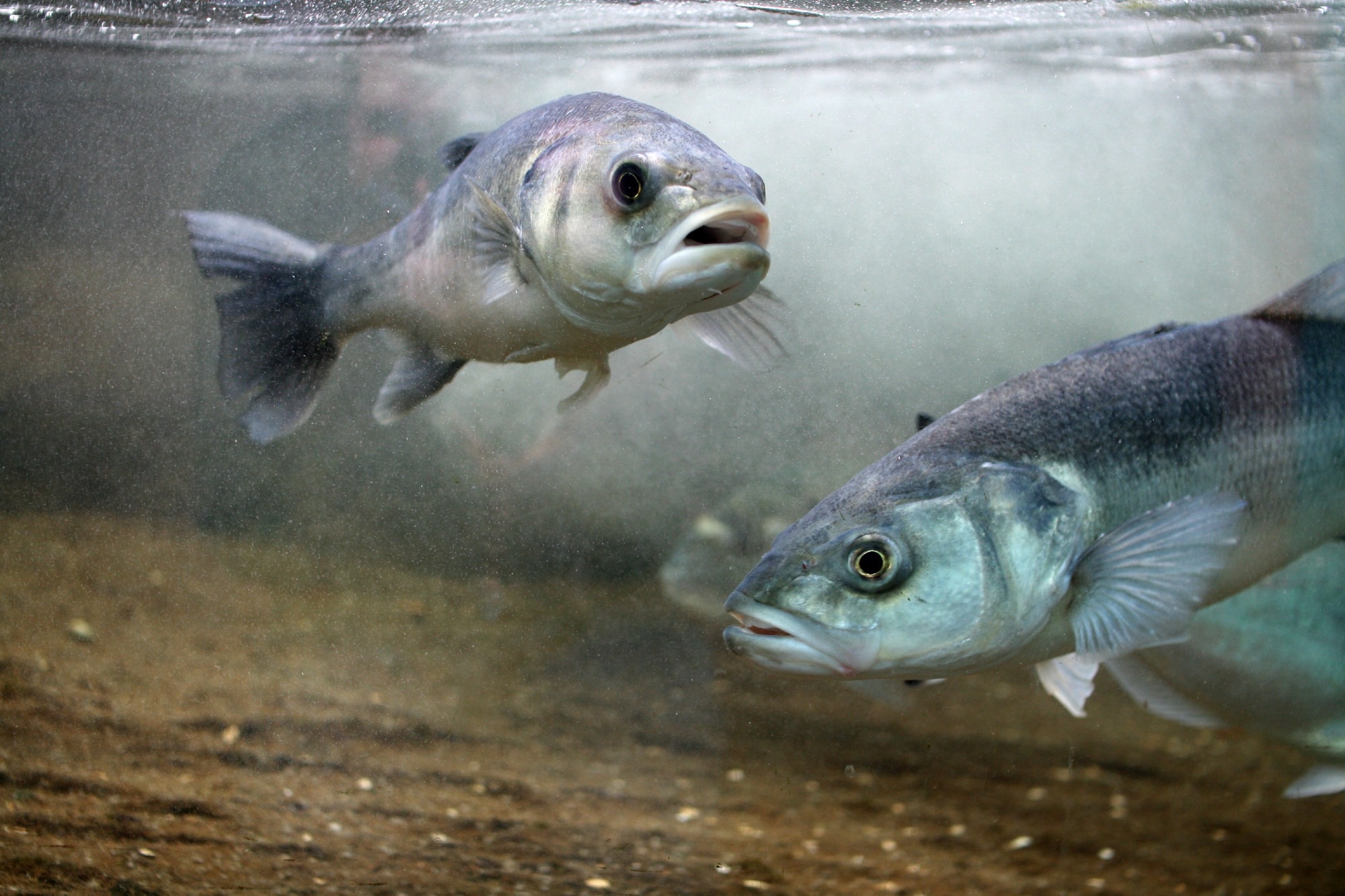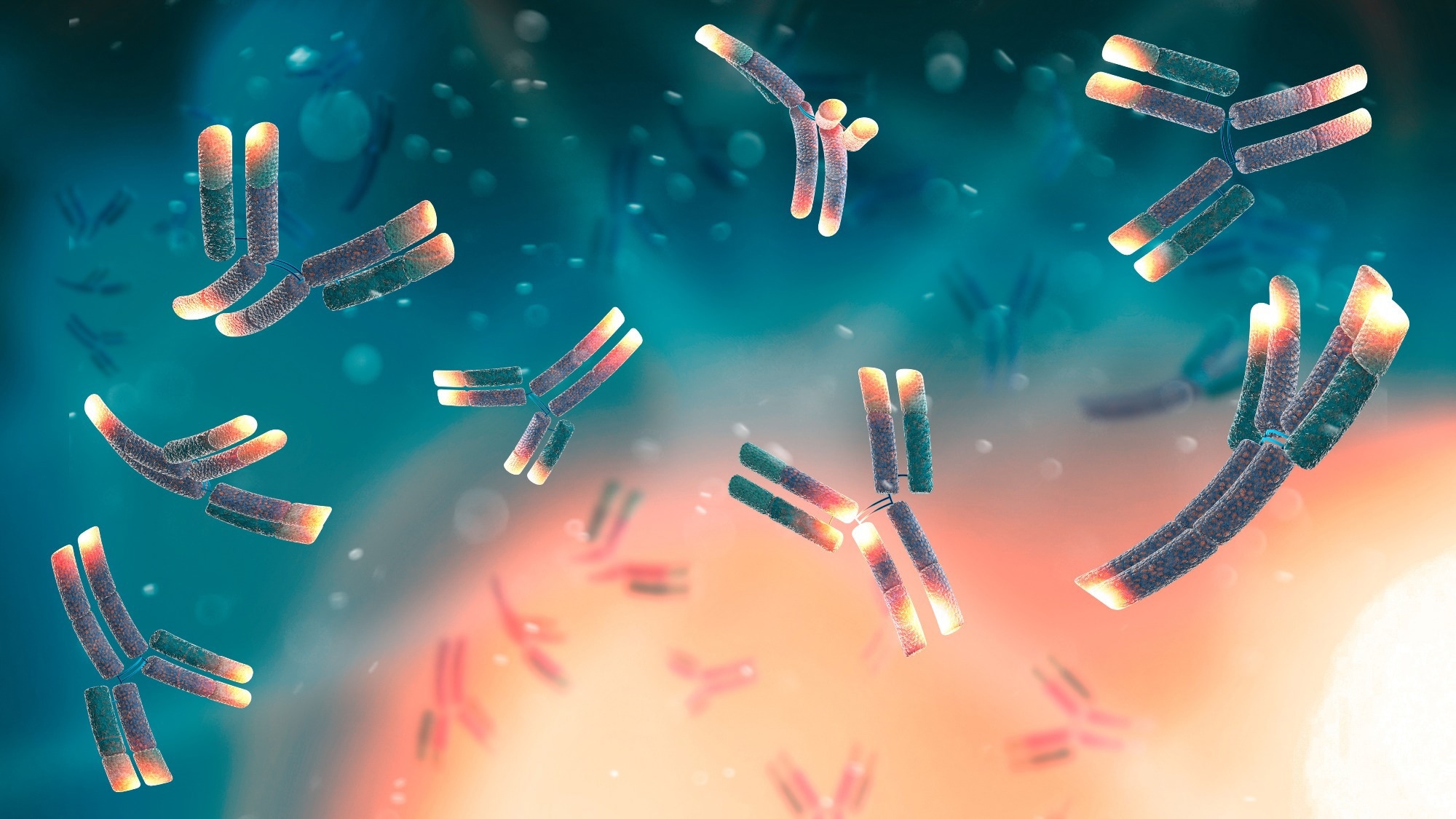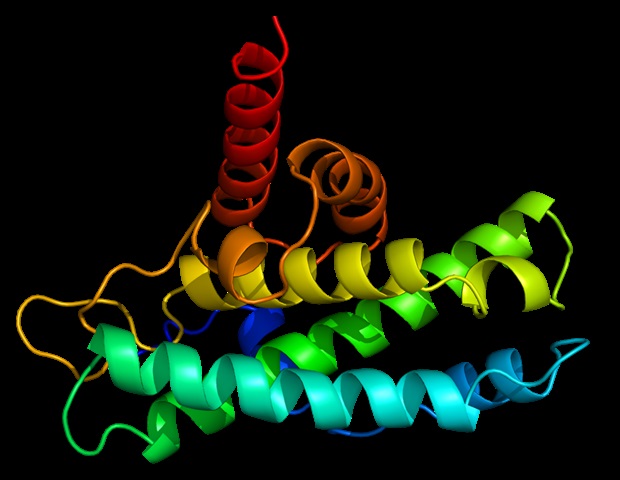In a latest article posted to the bioRxiv* preprint server, researchers demonstrated the sarbecovirus open reading frame 7a (ORF7a)-induced hindrance of the antigen presentation by the major histocompatibility advanced class I (MHC-I) in hosts.
Background
Viruses use quite a few strategies to counteract or evade immune responses to propagate and replicate in a number inhabitants that reveals an immunologically hostile situation. Research have proven {that a} sarbecovirus subgenus member, extreme acute respiratory syndrome coronavirus 2 (SARS-CoV-2), opposes the innate immune response through viral proteins and evades humoral immunity by variations within the spike (S) protein’s neutralizing epitopes.
Furthermore, many viruses decrease cell floor MHC-I that usually current viral peptides in direction of CD8+ cytotoxic T cells. Viruses that trigger persistent infections use varied methods to eradicate MHC-I from contaminated cell surfaces. Then again, viruses related to acute, short-term an infection seldom trigger MHC-I downregulation.
Curiously, the roughly 30-kb SARS-CoV-2 genome harbors envelope (E), membrane (M), nucleocapsid (N), and S structural proteins, nonstructural proteins 1 to 16 (nsp 1 to 16), and a number of other accent ORFs like ORF3a, ORF7a, ORF6, ORF10, ORF8, ORF10, ORF3b, and ORF9c. Prior analysis into CoV-host protein-protein interactions has indicated that varied viral proteins (ORF3b, ORF3a, ORF8, ORF7a, nsp4, and M) work together with host proteins enriched within the Golgi or endoplasmic reticulum (ER). These have been the organelles the place viral peptides are packed onto MHC-I molecules and translocated to the cell floor for presenting to the CD8+ T-cells. Moreover, it has been reported that SARS-CoV-2 ORF8 lowers MHC-I expression on the contaminated cell floor.
Concerning the research
The current research unraveled organic processes linked to particular person SARS-CoV-2 viral proteins. To generate every SARS-CoV-2 viral ORF, the researchers used pSCRPSY, a human immunodeficiency virus 1 (HIV-1)-based lentiviral vector. The workforce validated MHC-1 downregulation by SARS-CoV-2 utilizing a separate antibody that was distinctive for the human leukocyte antigen-A heavy chain (HLA-A HC). They found how ORF7a may decrease MHC-I titers on the cell floor.
As well as, the investigators analyzed whether or not ORF7a proteins from a spread of bat SARS-related CoVs (SARSrCoV), together with HKU3-1, BM48-31, Rs672, Rf1, ZXC21, RaTG13, and ZC45, could diminish cell floor MHC-I titers similar to SARS-CoV-2. Six chimeric SARS-CoV-2/SARS-CoV ORF7a expression vectors have been created to discover the predictors of the differential capability to change cell floor MHC-I concentrations. The workforce immunoprecipitated endogenously generated MHC-I HC in ORF7a harboring cells to check if ORF7a proteins may bodily bind with MHC-I.
293T cells have been modified to specific HIV-1 group antigen (Gag) protein, HLA-A11, and an ORF7a protein to evaluate if SARS-CoV-2 ORF7a may restrict antigen presentation. In addition to, the authors totally analyzed how ORF7a impacts MHC-I transport through the secretory pathway and cell floor antigen presentation.
Outcomes
The researchers didn’t discover that the SARS-CoV-2 ORF8 protein led to MHC-I downregulation, in contrast to prior stories. Quite the opposite, they found that (ORF7a) lowered cell floor MHC-I concentrations almost five-fold. The authors concluded that SARS-CoV-2 ORF7a prevents MHC-I from reaching the cell floor through the secretory route. Nonetheless, even with out ORF7a, floor MHC-I titers have been decreased in SARS-CoV-2-infected cells, implying that SARS-CoV-2 makes use of further pathways for downregulating MHC-I and diminishing the visibility of reacting CD8+ T-cells.
The capability of ORF7a proteins from various sarbecoviruses to trigger MHC-I downregulation various. ORF7a proteins from Rf1, RaTG13, ZXC21, and ZC45 decreased MHC-I floor ranges, however not these from HKU3-1, Rs672, or BM48-31 ORF7. Additional, in contrast to SARS-CoV-2, SARS-CoV’s ORF7a protein didn’t exhibit MHC-I downregulating perform, regardless of encoding 85% related amino acids as SARS-CoV-2 ORF7a.
The differential MHC-I downregulating functionality of sarbecovirus was mediated by a single amino acid at place 59 (threonine (T)/phenylalanine (F)). The workforce additionally discovered that it various amongst sarbecovirus ORF7a proteins. SARS-CoV-2 ORF7a was bodily linked to the MHC-I HC, stopping expressed antigen from being offered to CD8+ T cells. ORF7a, specifically, hindered the aggregation of the MHC-I peptide loading advanced, leading to MHC-I retention contained in the ER. Because the capability of ORF7a proteins to function on this trend varies, it may affect sarbecovirus dissemination and retention in people, particularly in these with vaccine- or infection-elicited immunity.
General, the research knowledge depicted that SARS-CoV-2 ORF7a can impede antigen presentation by blocking the aggregation of the MHC-I peptide loading advanced and inducing MHC-I retention within the ER. Curiously, the capability of ORF7a proteins from various sarbecoviruses to trigger MHC-I downregulation various. The differential means to elicit MHC-I downregulation was ruled by a single amino acid distinct amongst sarbecovirus ORF7a proteins.
*Vital discover
bioRxiv publishes preliminary scientific stories that aren’t peer-reviewed and, due to this fact, shouldn’t be thought to be conclusive, information medical follow/health-related conduct, or handled as established info.
In a latest article posted to the bioRxiv* preprint server, researchers demonstrated the sarbecovirus open reading frame 7a (ORF7a)-induced hindrance of the antigen presentation by the major histocompatibility advanced class I (MHC-I) in hosts.
Background
Viruses use quite a few strategies to counteract or evade immune responses to propagate and replicate in a number inhabitants that reveals an immunologically hostile situation. Research have proven {that a} sarbecovirus subgenus member, extreme acute respiratory syndrome coronavirus 2 (SARS-CoV-2), opposes the innate immune response through viral proteins and evades humoral immunity by variations within the spike (S) protein’s neutralizing epitopes.
Furthermore, many viruses decrease cell floor MHC-I that usually current viral peptides in direction of CD8+ cytotoxic T cells. Viruses that trigger persistent infections use varied methods to eradicate MHC-I from contaminated cell surfaces. Then again, viruses related to acute, short-term an infection seldom trigger MHC-I downregulation.
Curiously, the roughly 30-kb SARS-CoV-2 genome harbors envelope (E), membrane (M), nucleocapsid (N), and S structural proteins, nonstructural proteins 1 to 16 (nsp 1 to 16), and a number of other accent ORFs like ORF3a, ORF7a, ORF6, ORF10, ORF8, ORF10, ORF3b, and ORF9c. Prior analysis into CoV-host protein-protein interactions has indicated that varied viral proteins (ORF3b, ORF3a, ORF8, ORF7a, nsp4, and M) work together with host proteins enriched within the Golgi or endoplasmic reticulum (ER). These have been the organelles the place viral peptides are packed onto MHC-I molecules and translocated to the cell floor for presenting to the CD8+ T-cells. Moreover, it has been reported that SARS-CoV-2 ORF8 lowers MHC-I expression on the contaminated cell floor.
Concerning the research
The current research unraveled organic processes linked to particular person SARS-CoV-2 viral proteins. To generate every SARS-CoV-2 viral ORF, the researchers used pSCRPSY, a human immunodeficiency virus 1 (HIV-1)-based lentiviral vector. The workforce validated MHC-1 downregulation by SARS-CoV-2 utilizing a separate antibody that was distinctive for the human leukocyte antigen-A heavy chain (HLA-A HC). They found how ORF7a may decrease MHC-I titers on the cell floor.
As well as, the investigators analyzed whether or not ORF7a proteins from a spread of bat SARS-related CoVs (SARSrCoV), together with HKU3-1, BM48-31, Rs672, Rf1, ZXC21, RaTG13, and ZC45, could diminish cell floor MHC-I titers similar to SARS-CoV-2. Six chimeric SARS-CoV-2/SARS-CoV ORF7a expression vectors have been created to discover the predictors of the differential capability to change cell floor MHC-I concentrations. The workforce immunoprecipitated endogenously generated MHC-I HC in ORF7a harboring cells to check if ORF7a proteins may bodily bind with MHC-I.
293T cells have been modified to specific HIV-1 group antigen (Gag) protein, HLA-A11, and an ORF7a protein to evaluate if SARS-CoV-2 ORF7a may restrict antigen presentation. In addition to, the authors totally analyzed how ORF7a impacts MHC-I transport through the secretory pathway and cell floor antigen presentation.
Outcomes
The researchers didn’t discover that the SARS-CoV-2 ORF8 protein led to MHC-I downregulation, in contrast to prior stories. Quite the opposite, they found that (ORF7a) lowered cell floor MHC-I concentrations almost five-fold. The authors concluded that SARS-CoV-2 ORF7a prevents MHC-I from reaching the cell floor through the secretory route. Nonetheless, even with out ORF7a, floor MHC-I titers have been decreased in SARS-CoV-2-infected cells, implying that SARS-CoV-2 makes use of further pathways for downregulating MHC-I and diminishing the visibility of reacting CD8+ T-cells.
The capability of ORF7a proteins from various sarbecoviruses to trigger MHC-I downregulation various. ORF7a proteins from Rf1, RaTG13, ZXC21, and ZC45 decreased MHC-I floor ranges, however not these from HKU3-1, Rs672, or BM48-31 ORF7. Additional, in contrast to SARS-CoV-2, SARS-CoV’s ORF7a protein didn’t exhibit MHC-I downregulating perform, regardless of encoding 85% related amino acids as SARS-CoV-2 ORF7a.
The differential MHC-I downregulating functionality of sarbecovirus was mediated by a single amino acid at place 59 (threonine (T)/phenylalanine (F)). The workforce additionally discovered that it various amongst sarbecovirus ORF7a proteins. SARS-CoV-2 ORF7a was bodily linked to the MHC-I HC, stopping expressed antigen from being offered to CD8+ T cells. ORF7a, specifically, hindered the aggregation of the MHC-I peptide loading advanced, leading to MHC-I retention contained in the ER. Because the capability of ORF7a proteins to function on this trend varies, it may affect sarbecovirus dissemination and retention in people, particularly in these with vaccine- or infection-elicited immunity.
General, the research knowledge depicted that SARS-CoV-2 ORF7a can impede antigen presentation by blocking the aggregation of the MHC-I peptide loading advanced and inducing MHC-I retention within the ER. Curiously, the capability of ORF7a proteins from various sarbecoviruses to trigger MHC-I downregulation various. The differential means to elicit MHC-I downregulation was ruled by a single amino acid distinct amongst sarbecovirus ORF7a proteins.
*Vital discover
bioRxiv publishes preliminary scientific stories that aren’t peer-reviewed and, due to this fact, shouldn’t be thought to be conclusive, information medical follow/health-related conduct, or handled as established info.














